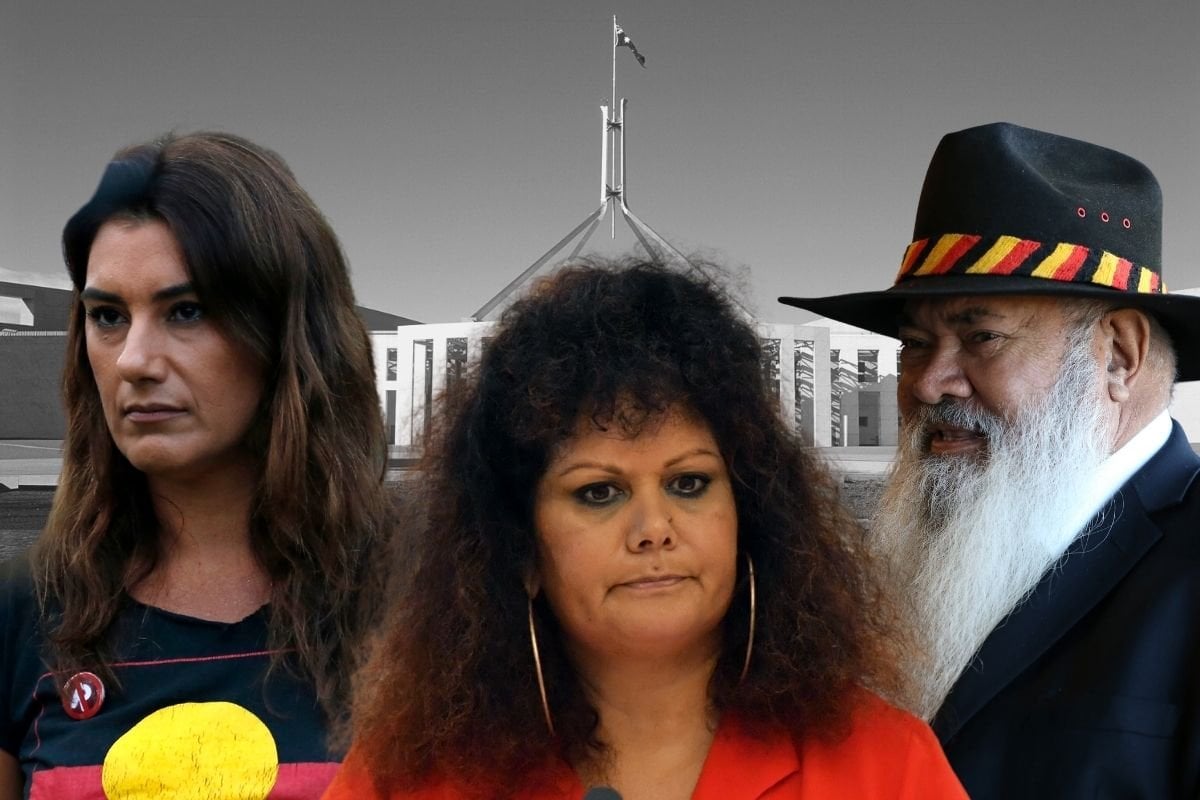
This week is NAIDOC Week, an annual celebration of the history, culture and achievements of Australia's Indigenous people.
Yet on Tuesday, the Australian Government decided that it's not "appropriate" to permanently install the Aboriginal and Torres Strait Islander flags in the Senate — the seat of Australian democracy.
Watch: Amanda Fotheringham on why she can't 'just get over' the Stolen Generation.
The motion, tabled by Indigenous Labor Party senators Malarndirri McCarthy and Pat Dodson along with the Greens' Lidia Thorpe, was voted down by the coalition, 29 votes to 28.
"Why is it in this week of NAIDOC, could the government be so mean spirited," McCarthy said in parliament.
"The government has actually had this motion before them for three months."
Defending the government's position, Liberal senator Anne Rushton said, "There are many places and circumstances to appropriately display the flags of our nation, including the Aboriginal and Torres Strait Islander flags.
"The government believes the Australian national flag, which represents all Australians, is the only appropriate flag to be flown in the Senate chamber."
The irony of this decision is that the government claims it was motivated by unity. It made a value judgement that the national flag better "represents all Australians", that it ought to be enough for everyone.

Top Comments